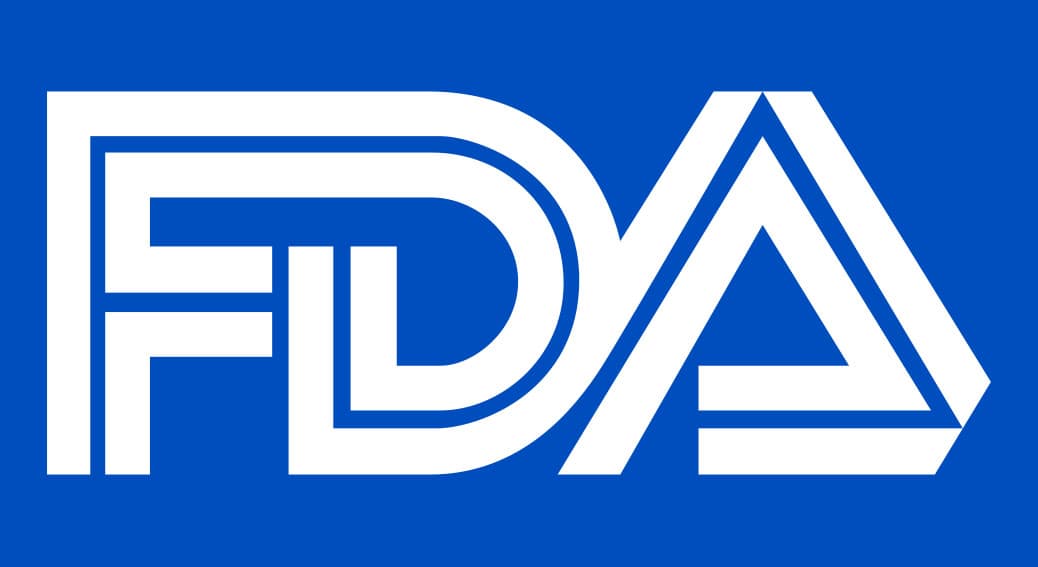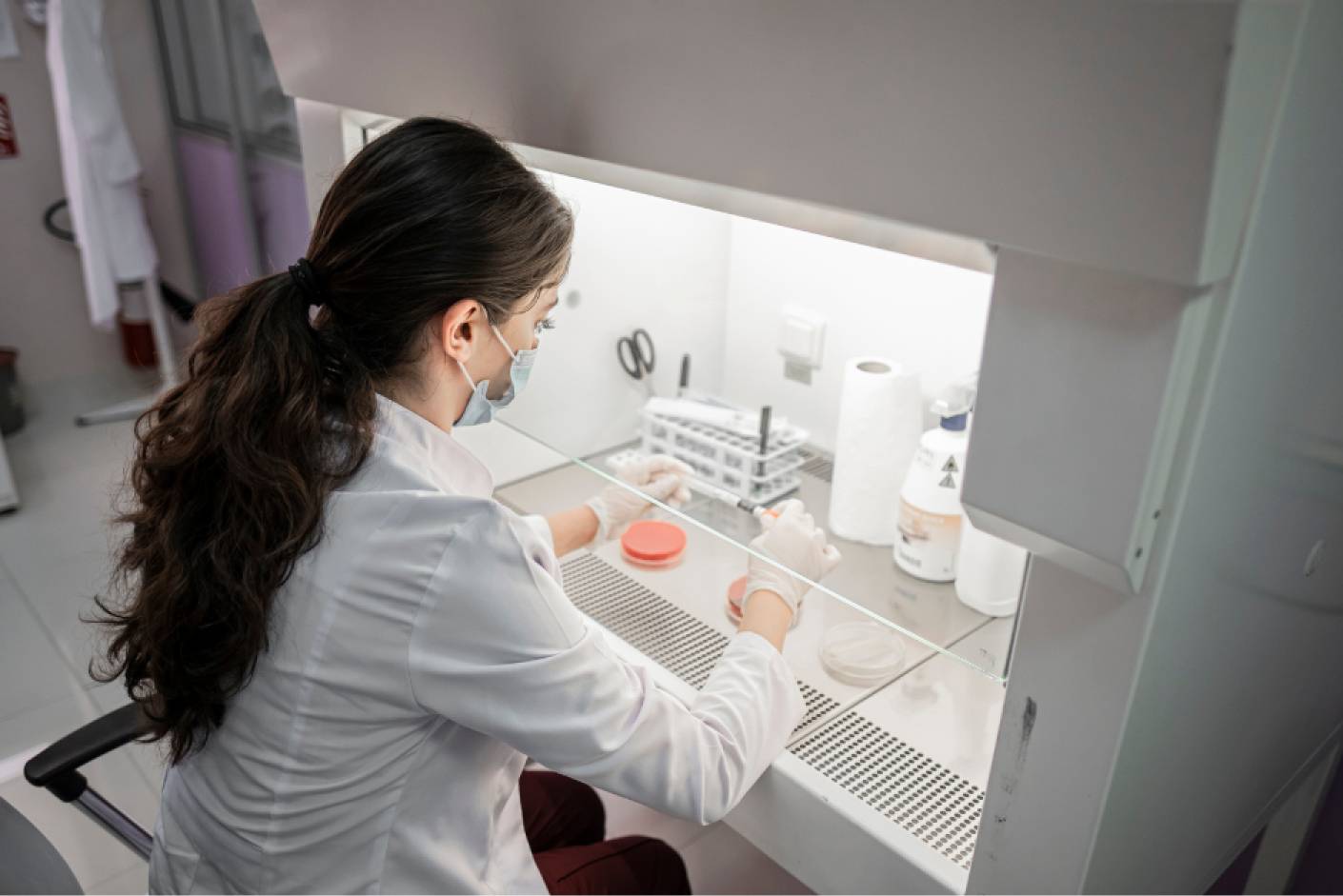The article provides a brief overview of the approach to be followed for the reports related to studies and reports associated with it.

Table of content
The Food and Drug Administration (FDA or the Agency), the US regulating authority in healthcare products, has published a draft guidance document dedicated to translating Good Laboratory Practice (GLP) study reports.
Once finalised, the guidance structured as a questions-and-answers document will provide additional clarifications regarding the applicable regulatory requirements and recommendations to be considered by the parties involved to ensure compliance with it.
At the same time, it is essential to mention that guidance documents issued by the FDA are non-binding in their legal nature, nor are they intended to introduce new rules or impose new obligations.
Moreover, the authority explicitly states that an alternative approach could be applied, provided such an approach is in line with the existing legal framework and has been agreed with the authority in advance.
In particular, the present document offers recommendations for translating these reports from non-English languages into English.
Introduction
This guidance is addressed to sponsors and nonclinical laboratories conducting GLP-compliant studies, covering various study types like toxicology, safety pharmacology, and device safety studies.
The focus is on ensuring that translations into English maintain the original data’s accuracy, completeness, and truthfulness.
Although it primarily addresses GLP study reports, the principles outlined may help translate other study reports submitted for FDA marketing authorization.

Background
With many GLP studies being conducted outside the US, the need for accurate translation of non-English reports is crucial.
The FDA emphasizes the need for clear, truthful, and complete translations that accurately reflect the original reports, following established procedures.
Questions and Answers
To assist the parties involved in interpreting and following the regulatory requirements, the authority provides answers to the most critical questions potentially raised by the industry, addressing specific aspects of translating GLP study reports:
- Translated GLP Study Report: An English version of a report initially produced in a non-English-speaking country.
It should be a faithful representation of the original, including all sections and formats. - Translator Qualifications: According to the guidance, translators should have appropriate education, training, and experience in both languages and be adept at translating medical and scientific documents.
Their qualifications should be detailed in written procedures. - Translation Statement: Each translated report should include a separate statement or certificate detailing the translator’s information, the translation date, and a declaration of accuracy and completeness.
- Written Procedures for Translation: Sponsors or testing facilities should have documented procedures outlining translation requirements, ensuring accuracy and completeness.
- Retention of Translated Reports: Both the original and translated study reports should be retained by the sponsor or testing facility, along with related communication documents.
- Translation of Amendments: Amendments to the final study report should be translated separately and maintained as distinct documents.
- Translation of Tables and Appendices: The entire report, including tables, appendixes, and other sections, must be translated to maintain data integrity.
- Review for Completeness: A second individual should review the translated report for completeness, focusing on format, content, and figures. Any identified issues should lead to a revision and recheck process.
- Signatures on Reports: The translated report should not be signed but include typed names and signature dates from the original report. The translation statement, however, should be signed by the translator.
Conclusion
In summary, the present FDA guidance on translating GLP study reports emphasizes the importance of accurate, complete, and truthful translations. It outlines specific requirements for translators, the translation process, document retention, and review protocols to ensure that translated reports maintain the integrity of the original data. While not legally binding, this guidance provides a clear framework for sponsors and laboratories, ensuring consistent and reliable translations of critical scientific and medical documents.
How Can RegDesk Help?
RegDesk is a holistic Regulatory Information Management System that provides medical device and pharma companies with regulatory intelligence for over 120 markets worldwide. It can help you prepare and publish global applications, manage standards, run change assessments, and obtain real-time alerts on regulatory changes through a centralized platform. Our clients also have access to our network of over 4000 compliance experts worldwide to obtain verification on critical questions. Global expansion has never been this simple.
Want to know more about our solutions? Speak to a RegDesk Expert today!
–>
- SEO Powered Content & PR Distribution. Get Amplified Today.
- PlatoData.Network Vertical Generative Ai. Empower Yourself. Access Here.
- PlatoAiStream. Web3 Intelligence. Knowledge Amplified. Access Here.
- PlatoESG. Carbon, CleanTech, Energy, Environment, Solar, Waste Management. Access Here.
- PlatoHealth. Biotech and Clinical Trials Intelligence. Access Here.
- Source: https://www.regdesk.co/fda-draft-guidance-on-translation-of-glp-study-reports-overview/



